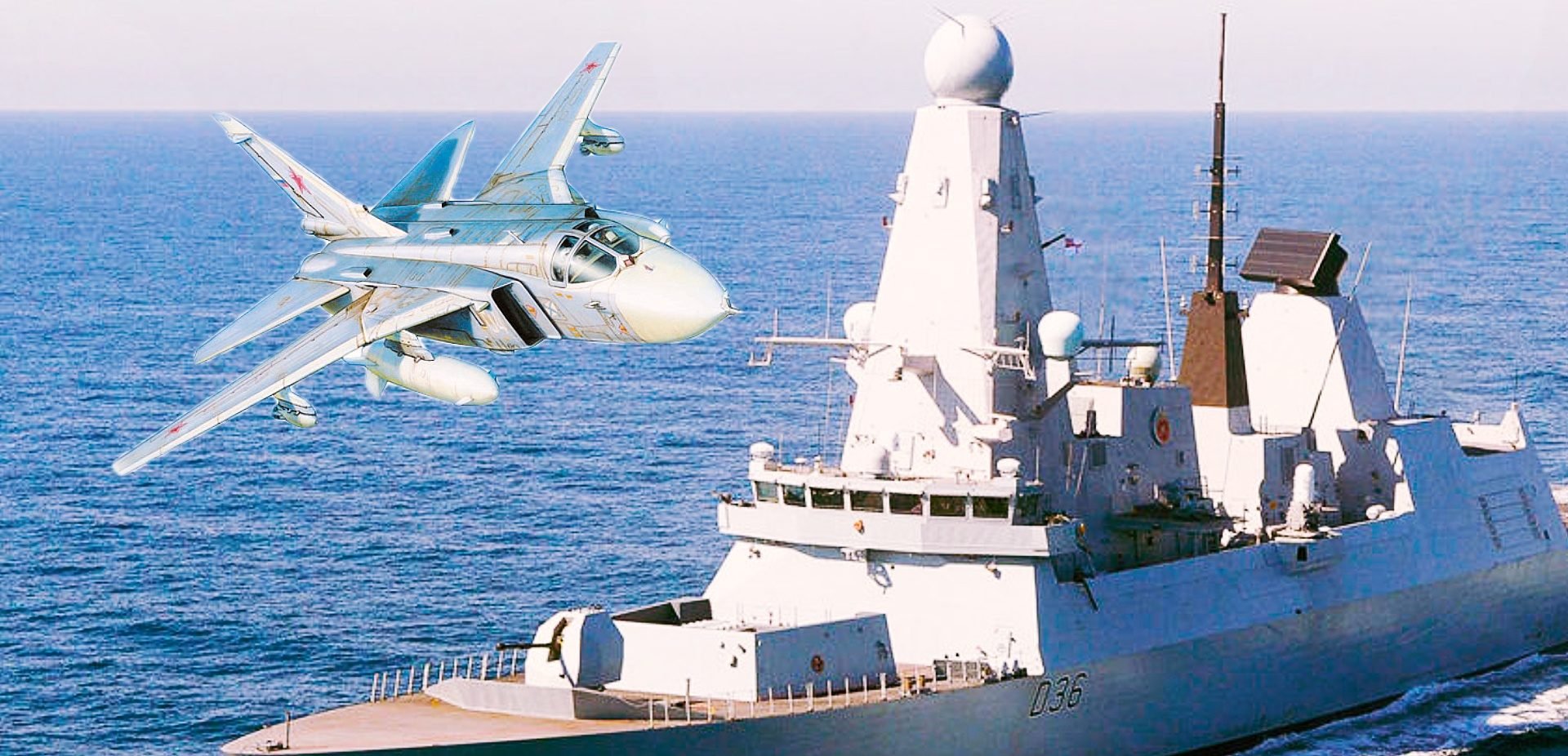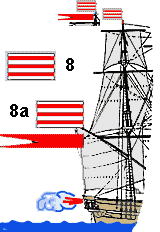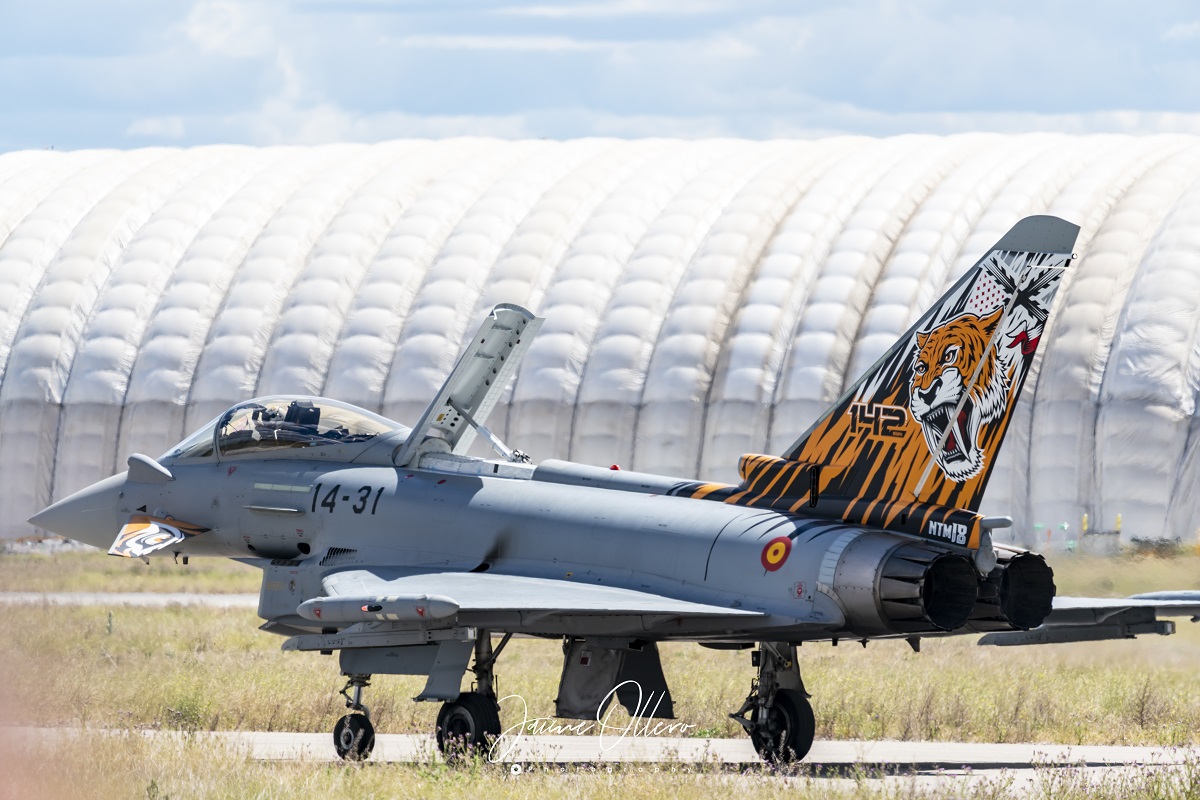
Royal Navy Club T45
HMS Dragon races along the Scottish Firth of Clyde during its final sea trials in 2011. Two red Welsh dragons were then painted on its bow - Y Ddraig Goch, which appeared there thanks to BAE Systems. Unfortunately such distinctions are not allowed by the Royal Navy and both were removed when the ship entered service.
In September of this year, we were able to see the British Type 45 destroyer live for the first time. HMS Diamond, the third of six ships in this series, paid a working visit to Gdynia. The Royal Navy had to wait a long time to replace the Type 42, whose weaknesses had already been brutally exposed by the conflict over the Falklands-Malvinas Islands, shortly after it entered service. In the end, she received modern ships, but half as long as expected, and their initial service life revealed "childhood diseases" affecting the main systems of Type 45 destroyers.
Successors to the Type 42 were considered before the Sheffield prototype entered service, with the intention of building the series as soon as their predecessors were phased out. However, the early 80s were financially difficult for defense spending, and the Type 43 was to be a large destroyer, armed with fighters, for example. in two medium-range GWS 30 Sea Dart and two short-range GWS 25 Seawolf plot systems, and was also able to receive a Westland WS-61 Sea King heavy helicopter amidships. It was megalomania, like the only Type 82 ship, HMS Bristol, which was intended for mass construction and use as an escort for the never-built CVA-01 aircraft carriers. The project was cut down and renamed Type 44, but in 1981 it was also lost, including for economic reasons. The Royal Navy in the following years was doomed to develop, modernize and re-equip the "forty-two", of which 14 were created in three series.
According to an analysis by the London Department of Defense (MoD), not long-term planning to replace the Type 42 would have created an "operational hole" after the withdrawal of the Sheffields in the early 90s.
This threat prompted the British to join the multinational program NFR 1983 (NATO Frigate Replacement) in 90, which aimed to design and build a common frigate for seven NATO countries. As a result of the experience of the Falklands, the Royal Navy insisted on optimizing the ships to deal with air targets, including at close range. It soon became clear that in the face of different requirements of the participants it was impossible to compromise, and some countries began to design and build national multi-purpose frigates. Therefore, at the end of 1992, France, Great Britain and Italy put forward another initiative - Common New Generation Frigate (CNGF) - frigates armed with a promising air defense system. Primary Air Defense Missile System (PAAMS) to be jointly developed by Matra Defense and BAE Dynamics. However, even these three countries could not fully agree, and as a result of disagreements in the number of ordered ships, as well as financial and production obligations, in 1997 the British also left this union, continuing to participate in the creation of the PAMIS system. Work on it began under a tripartite pre-contract dated August 1999 for £1,3 billion.
In April 1999, a program began to create its own air defense combat ship. Type 45 using CNGF heritage. The destroyer requirement was initially set at 12 to replace a similar number of "forty-twos" (two were lost in May 1982 in the South Atlantic). They were planned to be built in a three-ship series. On November 23, 1999, Marconi Electronic Systems was announced as the main contractor for the program, and a few days later formed a partnership with British Aerospace, creating the BAE System concern. In July 2000, BAE System awarded a preliminary contract to the MoD and on 20 December an actual contract worth £1,2bn for the detailed design and construction of the first three ships, Daring, Dauntless and Diamond. A year later, further procurement plans were announced, including: CMS-1/DTS combat system from Alenia Marconi Systems (£50m), Fast Ethernet based data transmission system from Alenia Marconi Systems/BAE Systems (PLN 7m) ), FICS integrated communications system from Thales Communications/BAE Systems/Raytheon (38 million), navigation systems from Raytheon (12 million), gas turbines from Rolls-Royce (84 million) and IEPS integrated electric drive from Alstom Power (40 million). The prototype was originally to be built at BAE Systems' Scotstone plant and Dauntless at Vosper Thornycroft's Portsmouth plant, but BAE Systems offered to build a full series of 12 destroyers, with other factories remaining subcontractors for critical hull and superstructure components. This decision was made, and the ships were "assembled" from blocks in Govan and launched there, and on the other side of Glasgow - in Scotstone. These two shipyards on the River Clyde formed an operating division called BAE Systems Marine, assisted by the group's third facility in Barrow-in-Furness, Cumbria.
However, it soon became clear that the ships would be much more expensive than the original estimate. Three more destroyers were ordered in 2004: Dragon, Defender and Duncan, bringing the total contract value to over £2 billion. Despite threats from BAE Systems to close the shipyard in Govan, Scotland, the DoD limited the series to eight destroyers, and in late 2008 closed the contract for the ordered six, focusing on the modernization of the Type 23 frigates and the launch of the initial project phase of the Type 26 multi-purpose frigates. Despite this, it was necessary to reduce the costs that were received, including through the use of Mk 8 guns taken from discontinued predecessors, the refusal to install some systems, but only the preparation for their assembly (for example, anti-ship missiles " Harpoon" or PDO torpedo tubes). In a 2008 report on major projects, the MoD set the cost of building six Type 45 ships at £6,46 billion. It was found to be £1,5 billion over budget, or about 29%.

